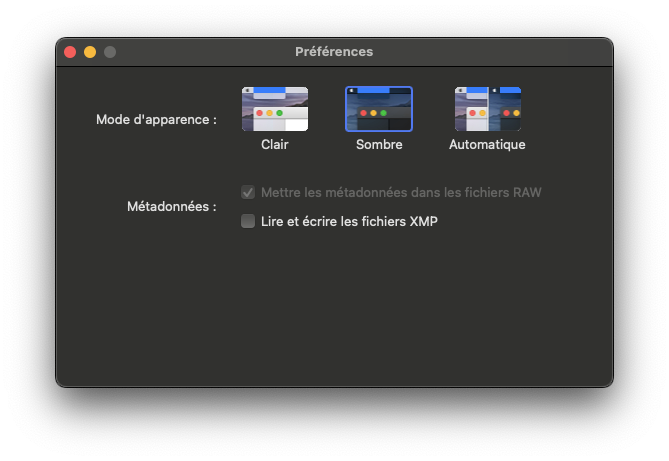Yes
I use the keywording, rating and tagging app that I have been perfecting for the past couple of years. It leverages ExifTool, which I have found to be 100% reliable at preserving the integrity of RAW files. In three years of using it, I have never had a corrupted RAW file.
I’m not sure what you mean by examples. Could you clarify?
My app allows users to interact with metadata in the RAW file, an XMP. sidecar or both.

When reading, this preference is checked and the appropriate source is read from. If both options are selected, metadata is read from the XMP sidecar, falling back to the RAW if no sidecar exists.
When writing, if both options are checked, the metadata is written to both, to keep them in sync; otherwise, it is only written to the currently selected option. So it is possible for the two to become out of sync if the user decides to change the reading/writing options after having already keyworded/rated/tagged files.
This discussion now makes it clear that I need to add a reconciliation dialog, which will allow the user to compare the RAW and XMP and select which items need updating in which file.
As a Nikon user, I need to bring up the fact that the D850 (and possibly other models) now provide an option to write the xmp:Rating tag directly from within the camera.
Furthermore, Nikon’s own NX Studio app creates its own NikonApp section in the metadata of the NEF file and stores/maintains all sorts of metadata, including keywords and ratings, there; as well as providing the option to write image editing adjustments directly instead of to a sidecar. So, they obviously have no concerns about editing metadata in a RAW file.
Addenda - I just saw @platypus ExifTool dumps and note with interest that Canon apparently take the same approach to writing metadata and their own editing adjustments directly to the RAW file.
It is becoming more obvious that the idea of a RAW file being inviolable no longer applies and that PL might have to take into account metadata changes and the possibility of reconciling metadata to the RAW file as well as from it.







